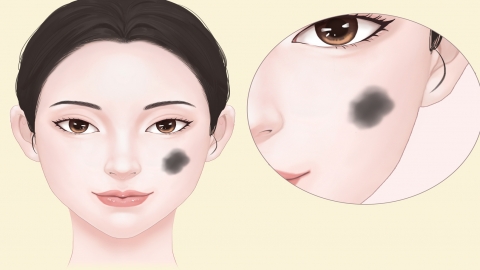What are the early symptoms of melanoma?
Generally, early symptoms of melanoma include changes in skin color, changes in the shape of pigmented spots, blurred borders, changes in diameter size, itching, or pain. A detailed analysis is as follows:

1. Skin Color Changes
New black or brown patches may appear on normally pigmented skin, with uneven coloring that might include shades of red, white, or blue. Due to abnormal proliferation of melanocytes leading to disordered pigment distribution, the color of existing moles might also darken or display a mixture of colors.
2. Shape Changes in Pigmented Spots
Early melanomas often have irregular shapes, differing from the round or oval shape of common moles. As tumor cells infiltrate surrounding tissues, they disrupt the normal skin structure and may present with uneven, jagged, or map-like edges.
3. Blurred Borders
Due to the invasive growth of tumor cells, the lesion area gradually blends with normal tissues, resulting in unclear borders that are difficult to distinguish from surrounding healthy skin, unlike the relatively neat and clear borders of common moles.
4. Changes in Diameter Size
The diameter of early melanoma is generally larger than 6 millimeters, whereas common moles are usually smaller than this. If a black or brown patch on the skin rapidly increases in size beyond 6 millimeters, it should be considered a high warning sign.
5. Itching or Pain
As tumor cells stimulate surrounding nerve endings, some patients may experience itching at the affected skin site in the early stages of melanoma, or feel mild pricking, burning, or other uncomfortable sensations.
In daily life, it is important to take sun protection measures, avoid prolonged exposure to sunlight, especially during periods of strong ultraviolet radiation, to reduce damage to the skin from UV rays and lower the risk of malignant transformation of melanocytes.




